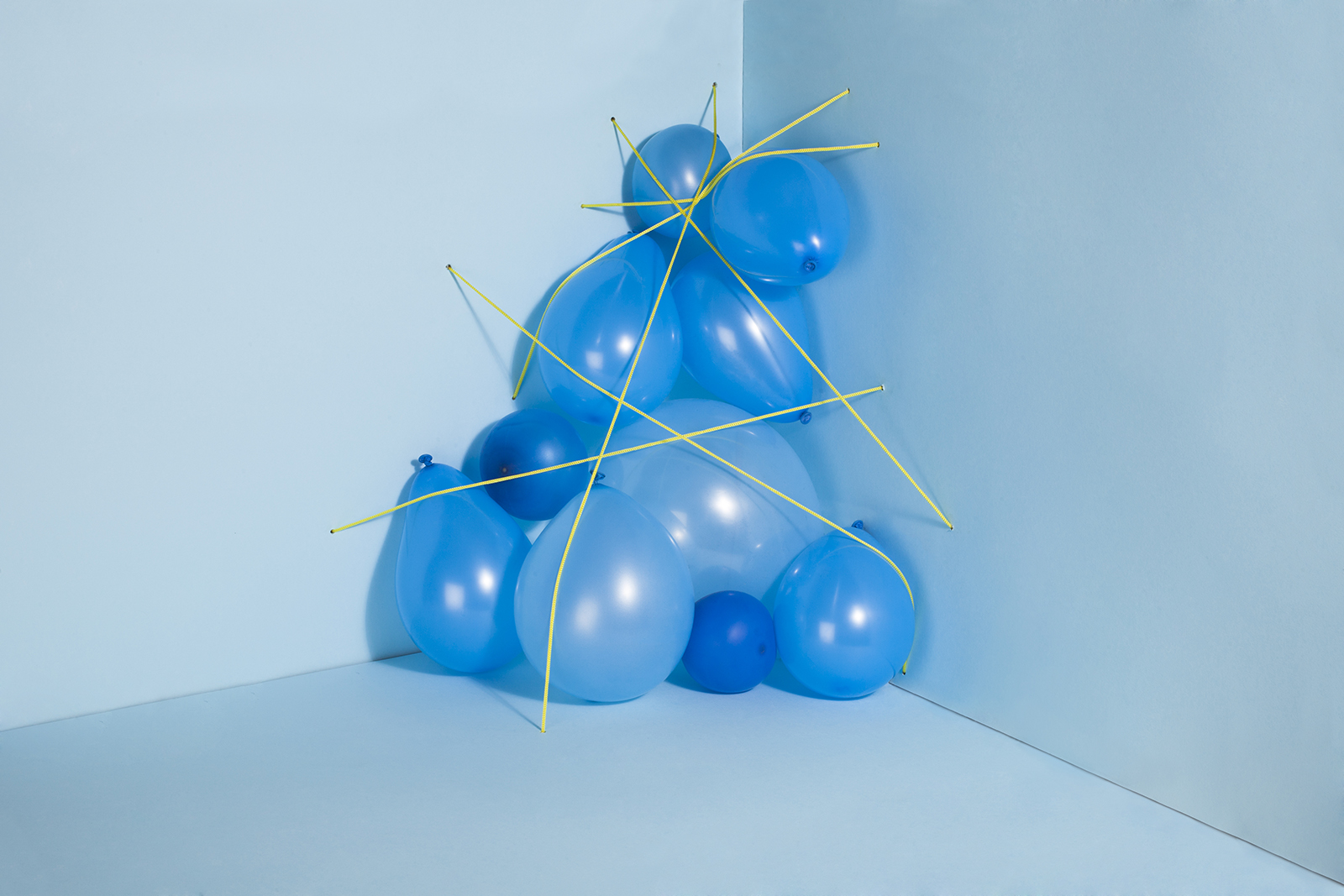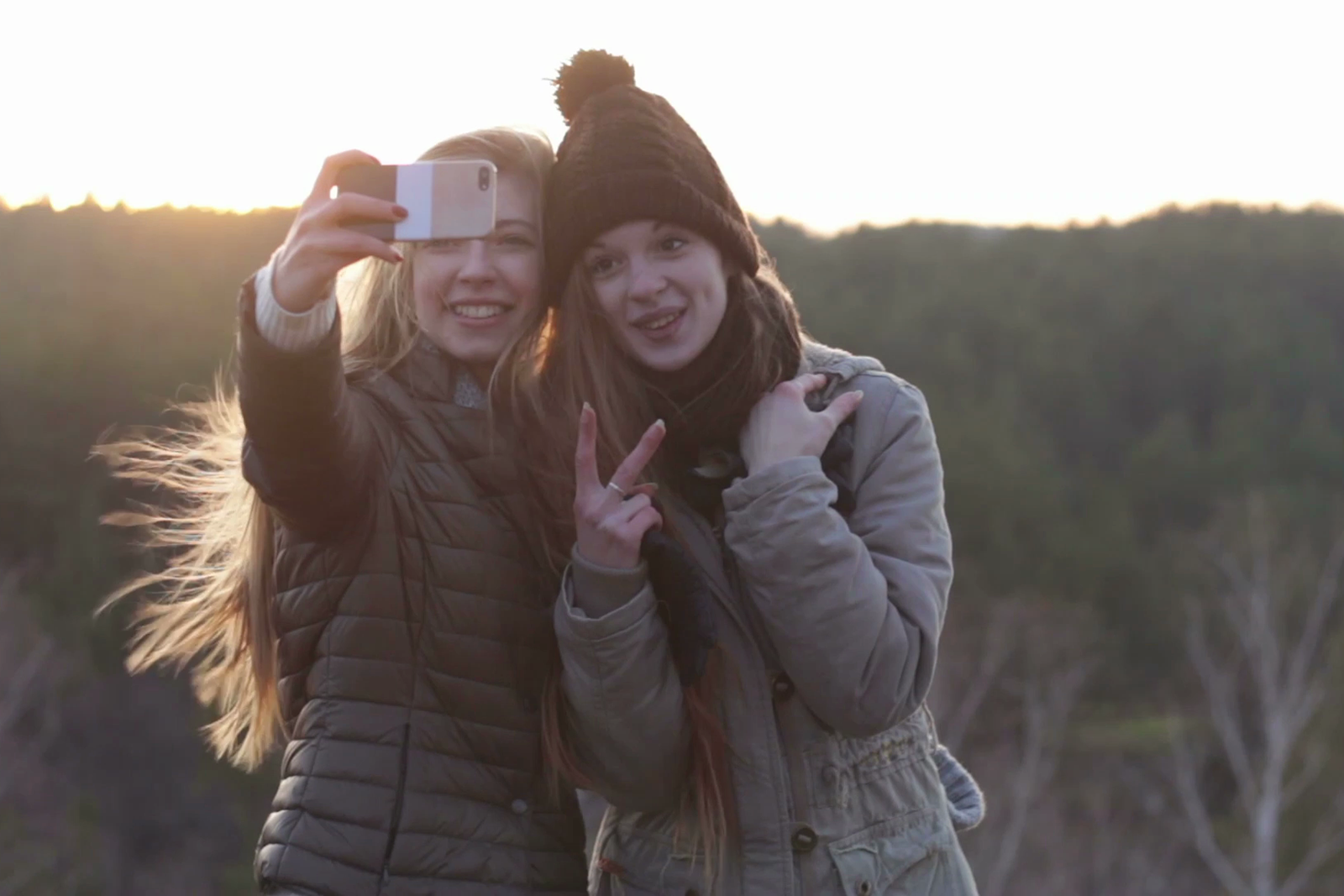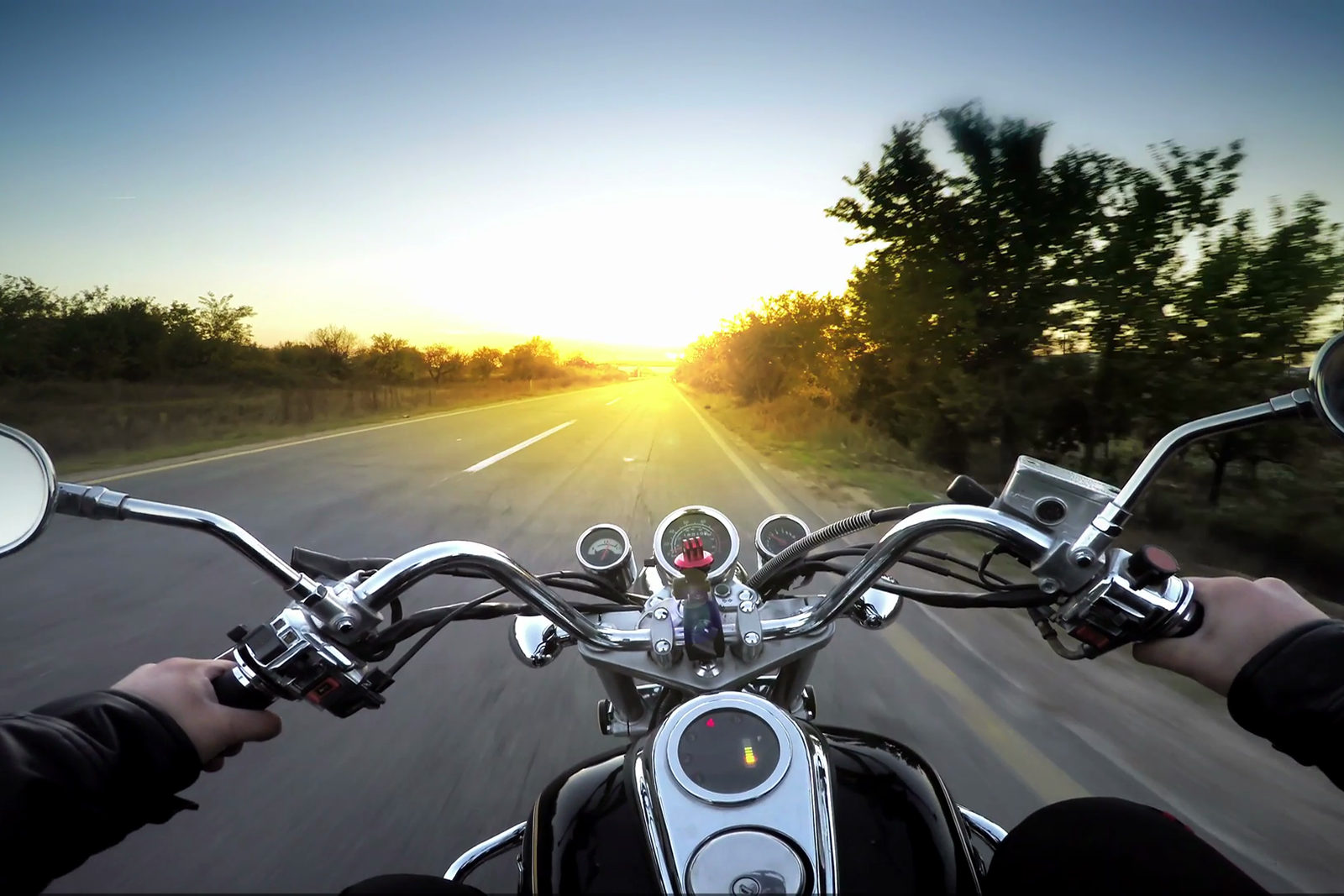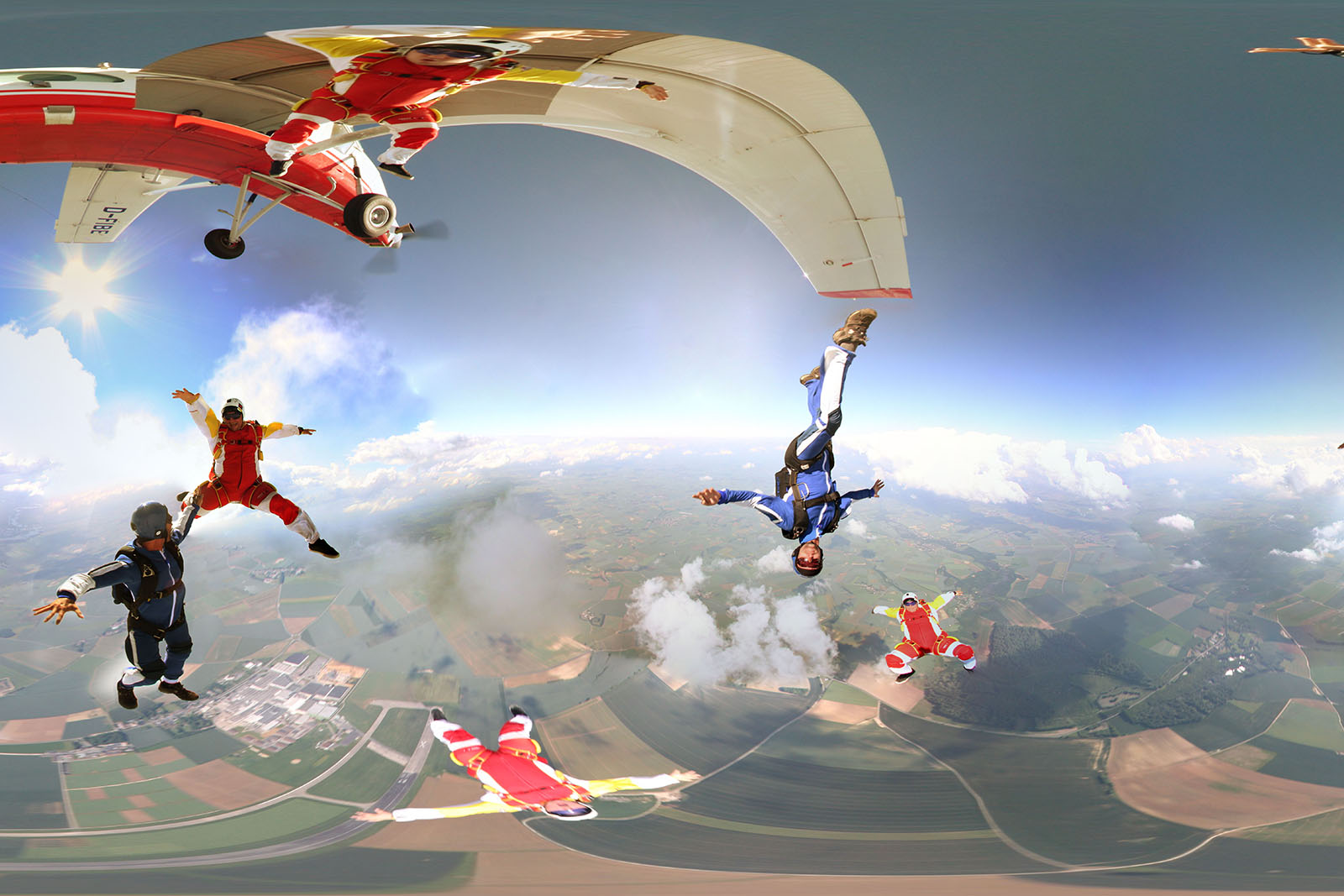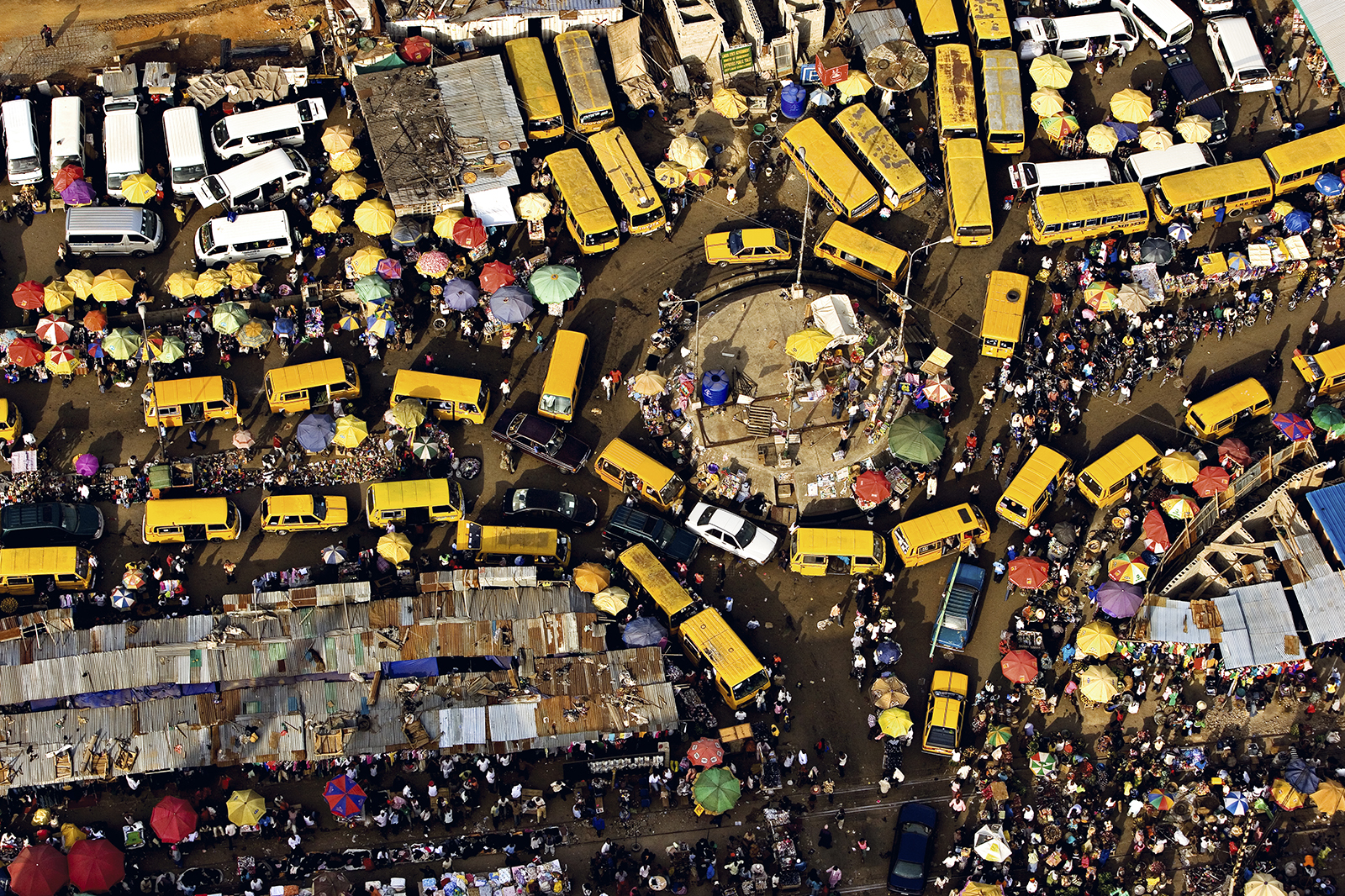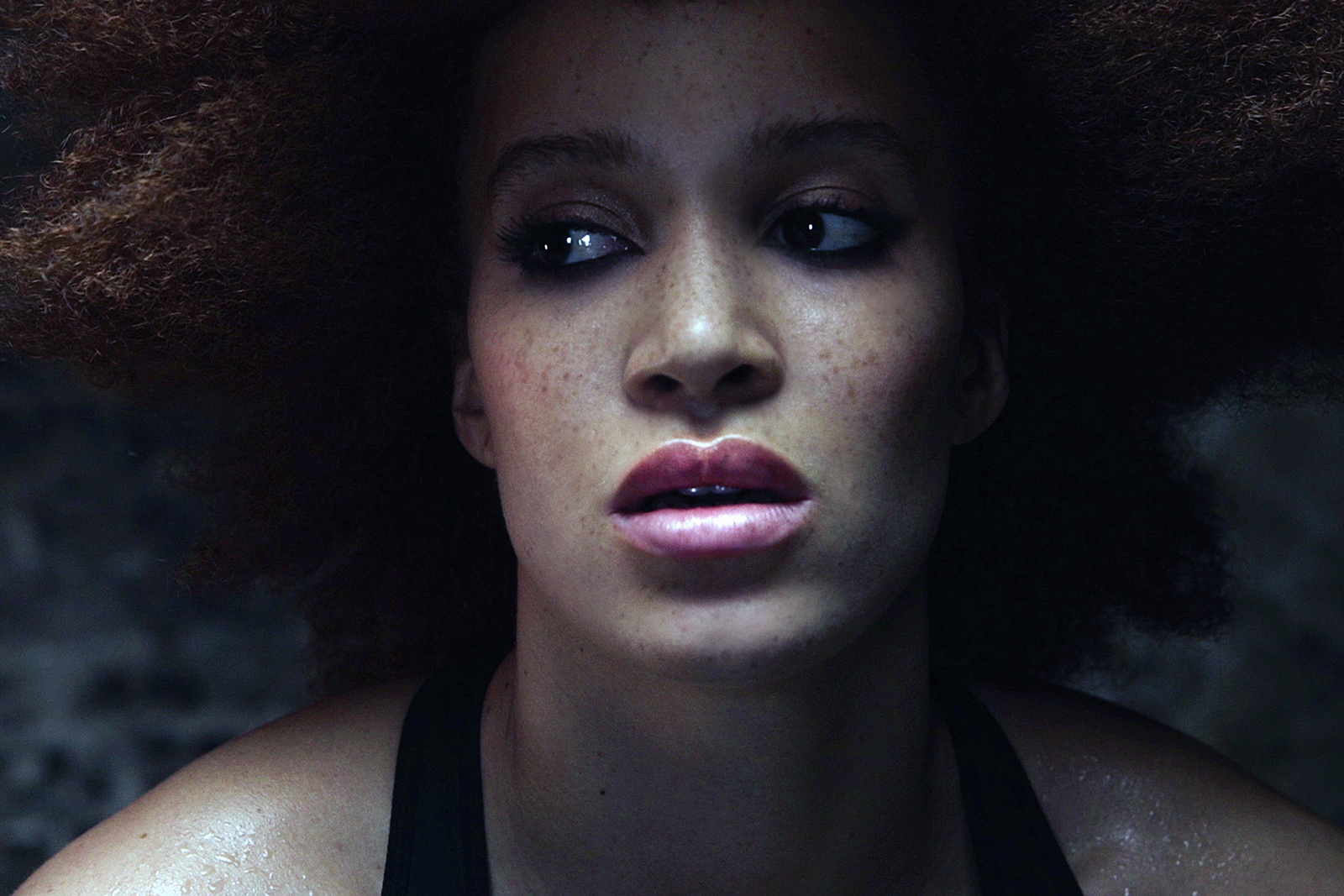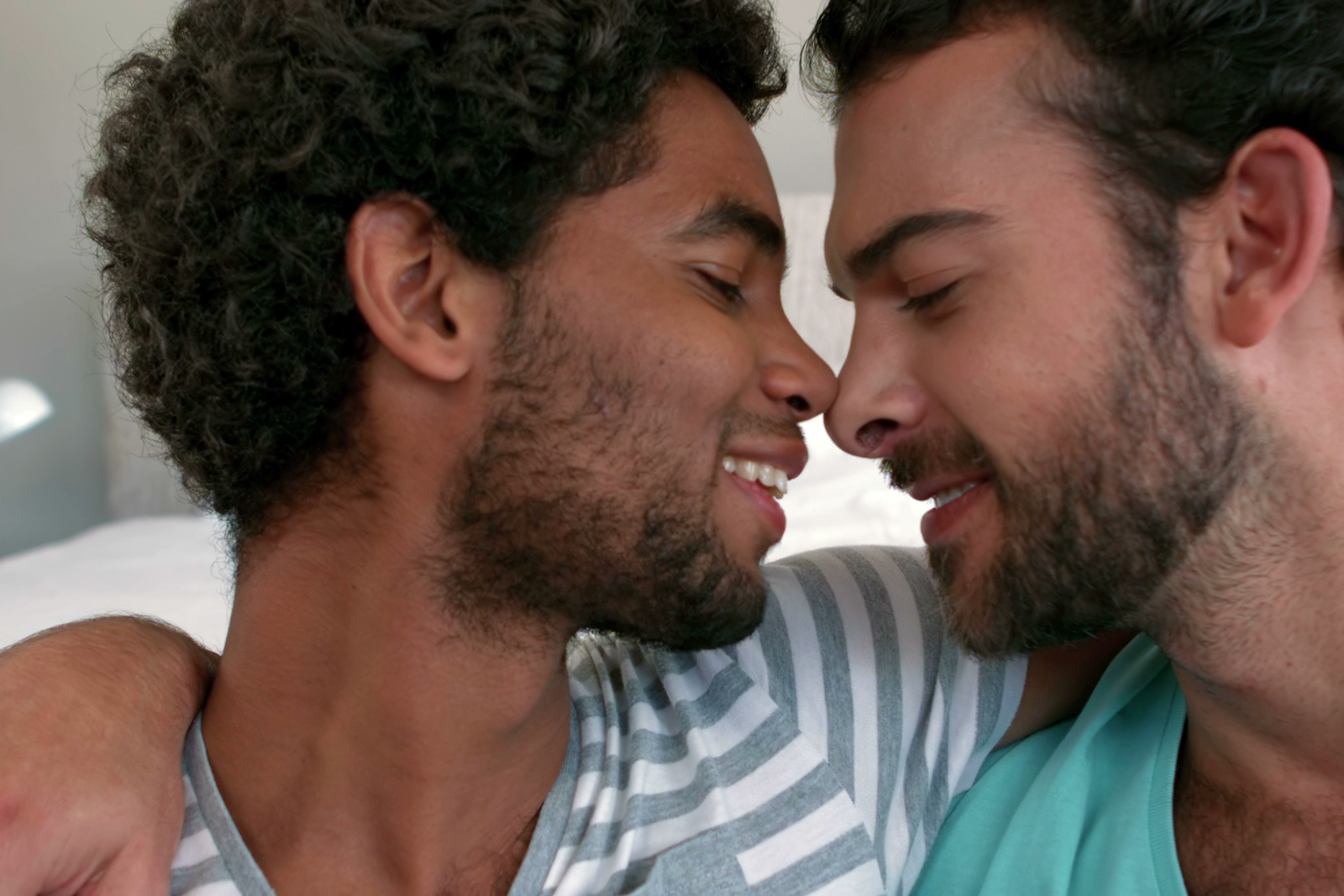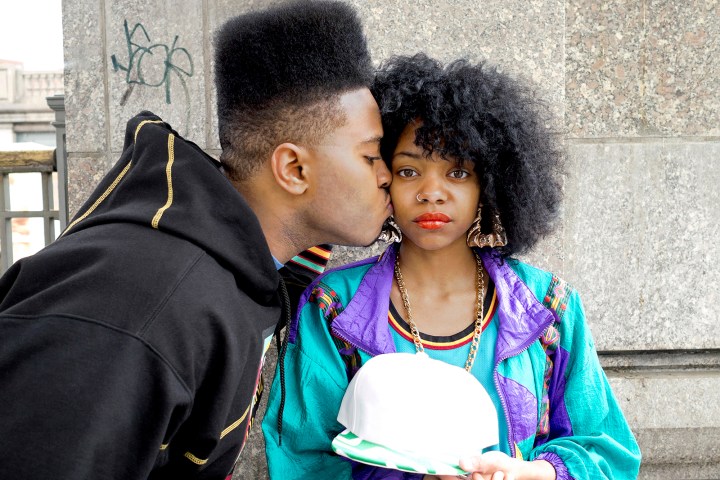
Photographers can likely expect the most popular images of 2017 to closely resemble the photos dominating social media. While the traditional stock photos of smiling families and men in business suits have been going out of style for several years, both Getty and VideoBlocks identified not just continuations of those trends, but complete opposites by looking at user search and download data. Social media, point of view shots and social change are bringing in several new photography trends for 2017.
The social media pull
As traditional advertising evolves with the growth of social media, more advertisers as well as smaller consumers of stock graphics are looking to create content that more closely resembles a Facebook or Instagram feed than a glossy magazine ad. The trend reports, however, indicate that it’s the authenticity of social media — not, for example, Instagram filter effects — that are taking center stage in 2017.
“What we are seeing now is content producers, whether that’s a digital marketer or an independent filmmaker, they want their project to mimic the style of the content that we are shooting and creating ourselves,” said VideoBlocks CEO T.J. Leonard.
VideoBlocks saw searches for “selfie” go up by 270 percent, smartphone by 207, mobile by 140 and iPhone by 130. Leonard said the increasing searches for content primarily created by smartphones reflects a trend where the creative class is finding inspiration from the types of content dominating social media feeds.
Getty’s annual research also pinpointed social media influence — the company describes the “New Naivety” as imagery that’s spontaneous, unpolished and even awkward, sparked by an increase of searches for authenticity by 104 percent and real life by 99 percent. The category is essentially the opposite of those posed smiling families that once dominated stock photography and embraces a less polished, more spontaneous look initially sparked by social media.
While social media has been influencing photography trends since the start, these social media inspired trends aren’t the same ones from just a few years ago, even though the platforms remain. “Unfiltered” is what Getty is describing as another dominant trend for 2017 as commercial photography takes some hints from photojournalism. Like the spontaneity of Instagram without the filters, the Unfiltered trend moves toward a more documentary style that helps cut through the noise of traditional advertising. Shooting a less-polished, more real-life image makes consumers sit up and take notice, Getty says, and businesses are catching on.
While Instagram’s filters once influenced photography trends, researchers at Getty are now seeing the exact opposite — images where color is the star of the shot. The trend, named Color Surge by Getty, uses color as a compositional tool.
“Over the past five years, if not decade, social media and filters have meant that consumers were using a very nostalgic photo treatment — hazy, dreamy and washed out. Color Surge feels like the anecdote to that, it’s bright, astonishing and even unnatural. That’s very exciting to me because it feels like we are turning a visual page,” said Pam Grossman, visual trends director for Getty Images.
The power of perspective
When consumers share photos and videos on social media — it’s often from their own perspective. Just where the camera is placed will likely prove to be a significant factor in 2017 trends, from obtaining a complete 360 perspective to placing that camera on a drone.
Virtual reality is expected to drive more content in 2017 than before — and for both stills and video. In the billion searches on Getty over 2016, virtual reality increased by 321 percent and 360 by 94 percent. The trend appears to be even larger in video — VideoBlocks saw VR and 360 videos, combined, searched 814 percent more than the previous year.
Getty research shows that the increase in 360 camera technology is also creating a demand for engaging, immersive content. But along with immersive video, that same trend is also influencing traditional images.
“We are looking for images that make us feel like we are right there,” Grossman said. “It’s no longer enough to look at the picture, we want to be in the picture.”
While 360 videos make the viewer feel like they are standing in the middle of the moment, that same first-person view plays a role in photographs with a more traditional aspect ratio. Perspectives that immerse the viewer in the photo, even without the 360 medium, are on the rise, Grossman explained. These first-person perspectives range from feet propped up on a beach chair to hands steering a motorcycle.
For VideoBlocks, that meant a whopping 1,200 percent increase in the GoPro search term, as users looked for more and more first person content that action cameras tend to portray. The action camera type shots have also come into the mainstream and aren’t always about action — such as mounting a GoPro on a dog, Leonard explains. The VideoBlocks CEO says he expects VR to follow that same trend in 2017 and beyond, becoming more mainstream, much like GoPro is no longer just action shots.
While the immersive first-person perspective is expected to be a popular photography trend for 2017, grabbing perspectives beyond what’s achievable with two feet on the ground will also continue to grow next year. VideoBlocks saw a 712 percent increase searches for drone footage, despite new commercial regulations by the FAA as well as additional changes outside the United States. For Getty, searches for drone shots were up by 696 percent in Japan alone.
Social change
Social media may be driving trends for unfiltered, authentic shots, but social change is also expected to play a role in stock image and video next year.
2016 saw the first female presidential nominee for a major political party — but imaging trends are promoting gender diversity with fewer pantsuits and more dirt. Gritty Woman is one of Getty’s six 2017 imaging trends, breaking the conventional stereotypes with images of women that are more concerned about what they are doing than how they look. Most of these images show women who are often covered in dirt, often not smiling and often the heroine of their own story. Getty says the Gritty Woman trend is a continuation of several previous trends — such as the trend of female empowerment (2013), the gender bend or defying traditional definitions of both femininity and masculinity (2014) and the popularity of images with messes or spills last year.
Getty saw “gritty woman” rise in the search terms by 90 percent and heroine by 80 percent.
“[Gritty Woman] is not about trying to seduce, to be attractive or to please other people,” Grossman said. “It’s really about existing on your own terms and showing the full complexity of being a human being — and that includes emotions like anger or breaking taboos.”
Images are also following social trends for a more borderless culture, Grossman says. People can now, more than ever before, access inspiration from around the world thanks to the world wide web and a record 31 percent of the world’s population now on social media. Imagery is no longer just including other cultures, but celebrating the way those cultures mix. Getty calls the trend Global Neighborhood, and they are seeing the progression with a 62 percent increase in searches for community and 61 percent increase in globalization.
VideoBlocks says their video database is growing internationally, particularly in Asia but also including areas like Russia, Korea and Western Europe. As more consumers in those areas adopt to the mobile platform and the internet population grows, more videos celebrate more worldwide cultures.
The video platform also continues to see more diverse search terms that prompted the company to add an Authentic collection earlier this year, including a 317 percent increase for the search term LGBT and 172 percent for diverse.
Following photography trends can help artists stand out — and meet the changing demands of the businesses and creatives purchasing those images. “Images are ubiquitous now,” Grossman says, “and if you are an image creator, you want to know how to stand out and be effective and engaging. These trends are helpful because it shows not only what’s starting to happen, but how visual culture is going over the next year and beyond.”
Both Getty and VideoBlocks publish the results of their trend reports annually using search data from users as well as cultural trends.

